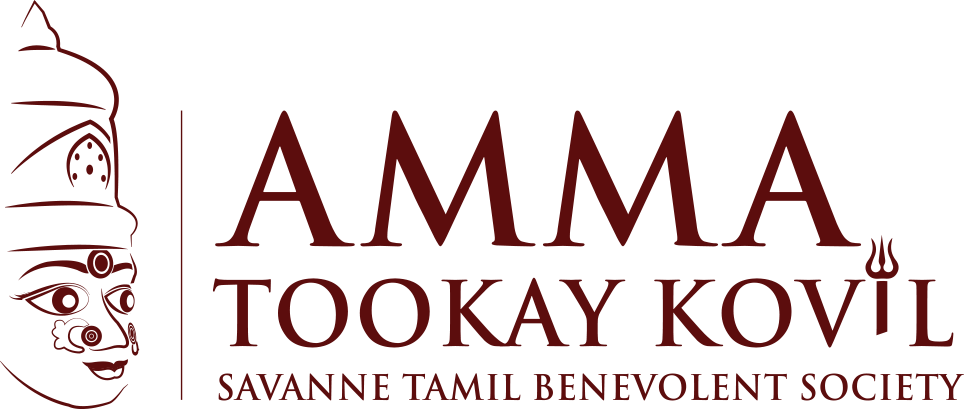Building Strength: Understanding the Science Behind Increasing Muscle Mass

by crayons
Muscle mass is an essential component of our body’s function, strength, and overall wellness. It plays a crucial role in our physical performance and helps us maintain optimal health by keeping our bodies fit and strong. However, as we age, our muscle mass naturally decreases, leading to various health issues such as decreased mobility, weakness, and an increased risk of falls. Fortunately, there are ways to increase muscle mass through proper diet and exercise.

Understanding Muscle Mass
Muscle mass refers to the amount of muscle tissue present in the body. It is composed of muscle fibers that contract and produce force to move our bodies. Muscle mass is not only responsible for movement, but it also aids in digestion, blood circulation, and metabolic functions. Our body’s muscle mass is determined by a combination of factors such as genetics, age, sex, and lifestyle factors.
The Importance of Increasing Muscle Mass
Increasing muscle mass has numerous benefits for our overall health and wellbeing. A higher muscle mass leads to stronger bones, improved posture, better balance, and reduced risk of falls. Furthermore, having more muscle mass means that our bodies can burn more calories at rest, which leads to a faster metabolism and easier weight management. Additionally, increasing muscle mass has been linked to improved insulin sensitivity and a lower risk of chronic diseases such as diabetes, heart disease, and obesity.
How to Increase Muscle Mass
The most effective way to increase muscle mass is through a combination of resistance training and a proper diet. Resistance training involves using weights or resistance bands to challenge your muscles and stimulate growth. Here are some tips on how to effectively increase muscle mass:
Resistance Training
Resistance training can be done in a gym or at home with minimal equipment. The key is to progressively overload your muscles by increasing the weight or resistance over time. Aim for two to three resistance-training sessions per week, targeting all major muscle groups such as legs, back, chest, shoulders, and arms. Some effective exercises include squats, deadlifts, bench press, rows, pull-ups, and bicep curls. Always consult a certified fitness trainer before starting a new exercise program.
Proper Nutrition
Proper nutrition is essential for muscle growth and recovery. You need to consume enough protein to rebuild and repair muscle tissue after a workout. Aim for 1 gram of protein per pound of body weight per day. Good sources of protein include lean https://steroidsbuy-online.com/ meats, fish, eggs, dairy, and plant-based options such as beans and lentils. Additionally, incorporate complex carbohydrates for energy and healthy fats for overall health. Avoid processed foods, sugary drinks, and excessive alcohol consumption.
Get Enough Rest
Rest and recovery are essential for muscle growth. Your muscles need time to recover and repair after a workout. Aim for 7-9 hours of sleep per night and take rest days between workouts. Also, consider incorporating active recovery such as yoga, stretching, or foam rolling to reduce muscle soreness and improve flexibility.
Conclusion
In conclusion, increasing muscle mass is an essential component of overall health and wellbeing. A combination of resistance training and proper nutrition can lead to stronger bones, improved balance, and reduced risk of chronic diseases. Remember to consult a certified fitness trainer before starting a new exercise program, and always prioritize rest and recovery. With consistent effort and dedication, you can increase your muscle mass and achieve a stronger and healthier body.
